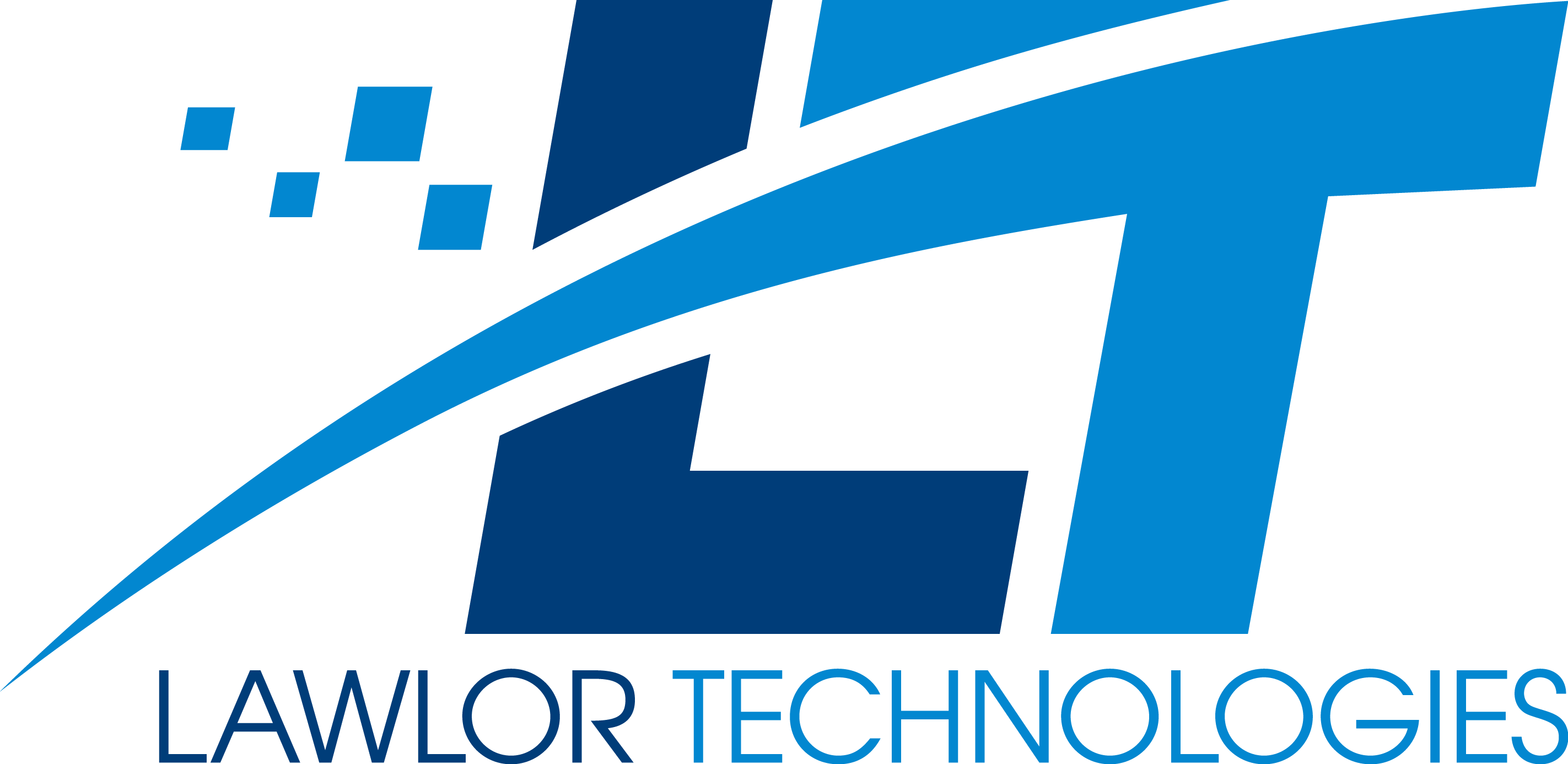Virtual Reality is something we hear often as this cool “new” technology that can take us to different places and worlds. The use of this technology has recently became more mainstream with the likes of Samsung and PlayStation integrating it into their current devices through Samsung Gear and PSVR. Its no secret that virtual reality is slowly becoming a big part of how we play games and allows for a more immersive experience.
Another term heard often these days is “Augmented Reality”, a term people aren’t as familiar with but may actually use it day-to-day. We have put together this blog post to help give others a high level insight of what exactly VR and AR is, the benefits to them and how we will soon be able to apply them to our workplace environment.

What is Virtual Reality (VR) ?
Virtual Reality is a computer-generated experience that give users the ability to interact with their surroundings in a simulated environment. The idea is Virtual Reality completely shuts out the real world whereas Augmented Reality simply takes the real world and alters it.
What is Augmented Reality (AR) ?
Augmented Reality changes the user’s view of the real-world by altering the image they see before them. This is commonly used through the camera on a device, capuring the image through the the lense then altering it. The ability to detect a flat surface can allow AR to place objects on it and keep them there even if the user moves the camera. An example of this is the popular Pokemon Go app.

One of the most common uses of AR today is Snapchat and Instagram filters. Snapchat uses the Viola-Jones algorithm to help distinguish between light and areas and is trained to detect faces. When it has detected your face, it has to locate individual facial features which allows the app to change your eye colour for example. In order to do this, Snapchat uses an Active Shape Model (ASM) to best match the alignment and position of the feature in the new image.
Remember Flappy Birds the game? Well it’s just had a major update! Check out the AR Snapchat version below. As you can see the camera uses it’s surrounding to place the green pipes on a flat surface. Another cool aspect of this is the shadows of the bird displaying on the surface.

Augmented Reality in the Workplace
Let’s step into the not so distant future. We walk into our office but there are no monitors, keyboards or mice. Just chairs and lightweight VR headsets. Using these headsets we will be able to use Augmented Applications to view a screen in front of us, type on a keyboard (or voice) and navigate appropriately. As a result users will be able to change the size of the screen to suit them aswell as font size to allow for a more accessible environment. The ability to customise the work area through AR will give users the best experience possible with increased productivity levels. Moreover this will bring down equipment costs and allow employees to take their workplace desk with them anywhere in the world. This is something Oculus are already working on and Mark Zuckerberg has given a demonstration of the technology at last year’s Oculus Keynote.
With this being said, people probably won’t enjoy the idea of wearing a headset all of the time and won’t be widely used until contact lense AR technology is developed.
Out with your workspace setup, there are endless ways to increase productivity in the workplace through AR. We would love to hear your thoughts on this! How can AR increase your day-to-day tasks?
Although VR and AR are clearly a big technology today, it is not that mainstream yet on a consumer level. This is mainly due to how expensive VR headsets are and they are still pretty heavy to wear on your face. Over the next 10 years or so we may see it become more mass market. Our long-term view at Lawlor Technologies is to become Virtual Reality and Augmented Reality application developers. We currently focus on developing mobile apps for both businesses and consumers. Check out our app cost calculator to get an idea of the costs associated with this.

